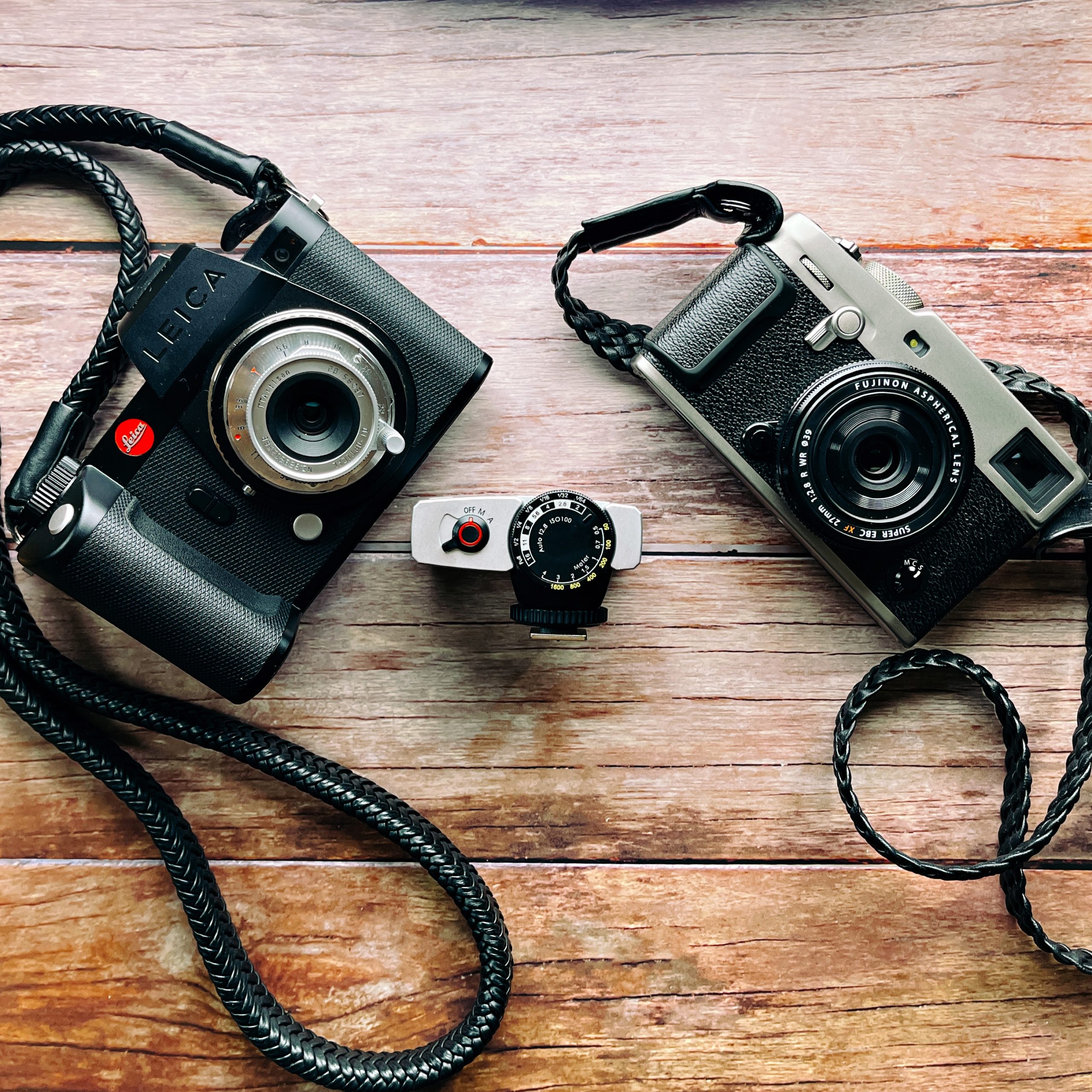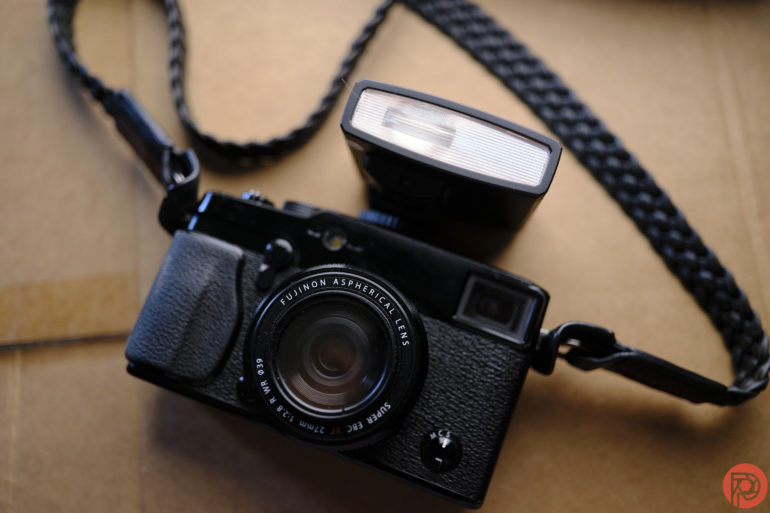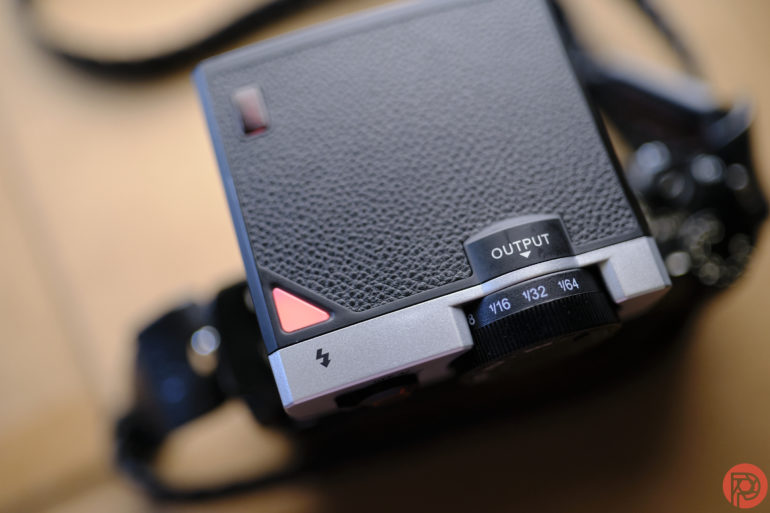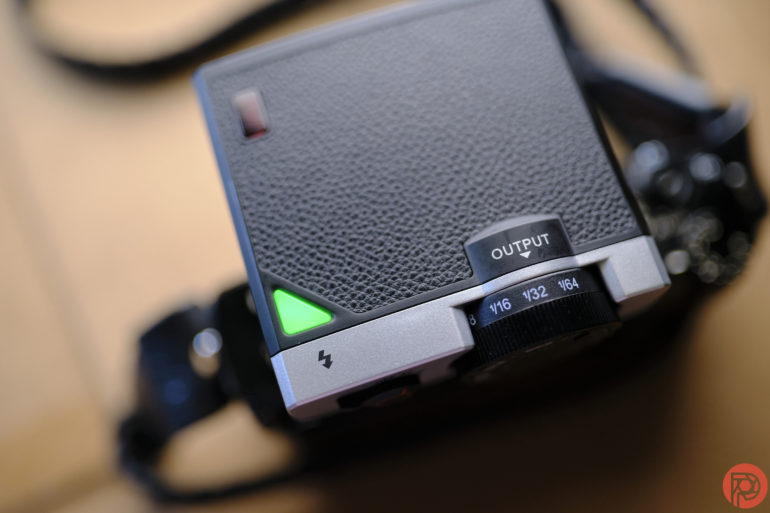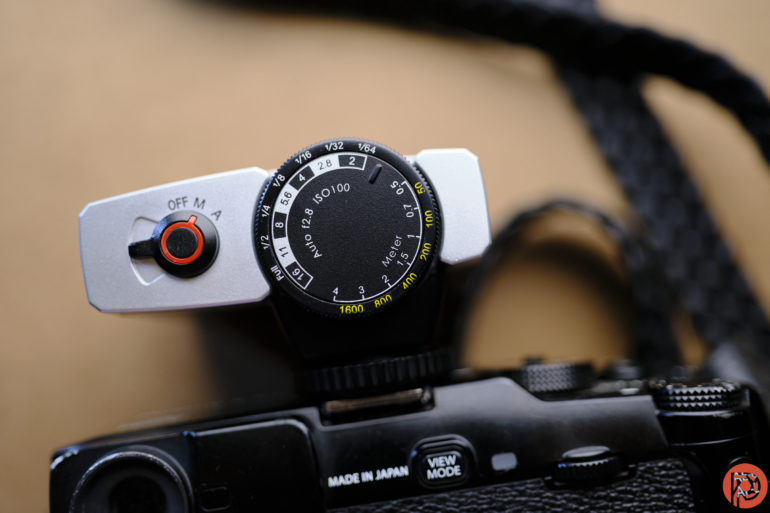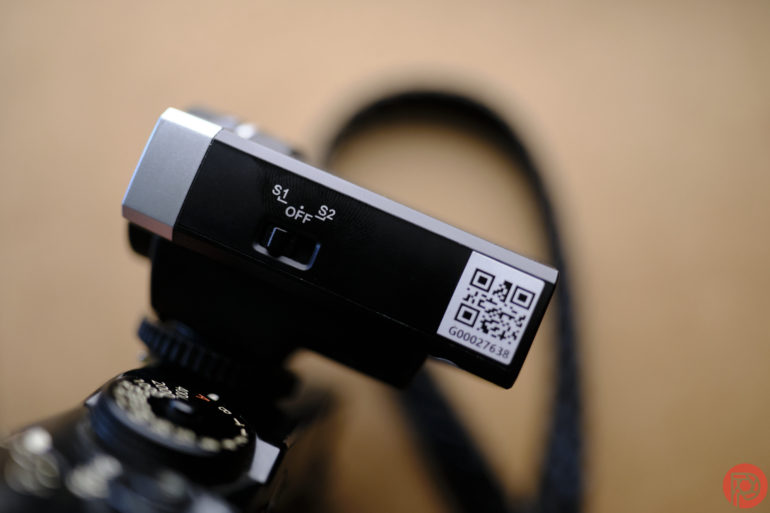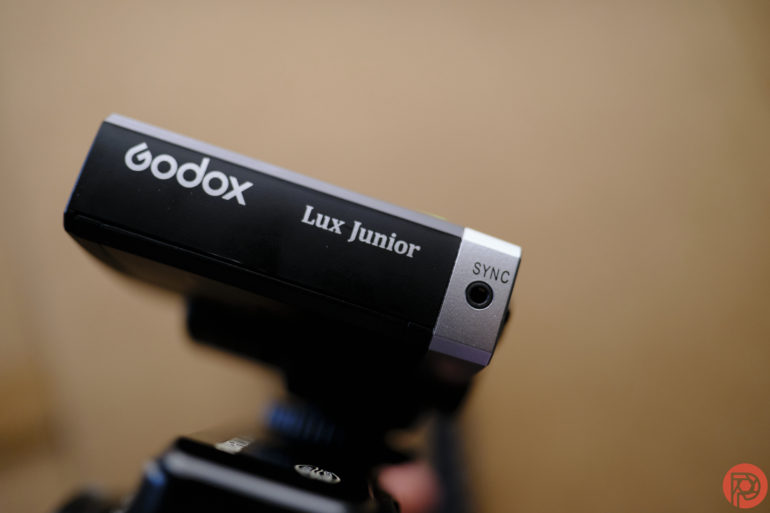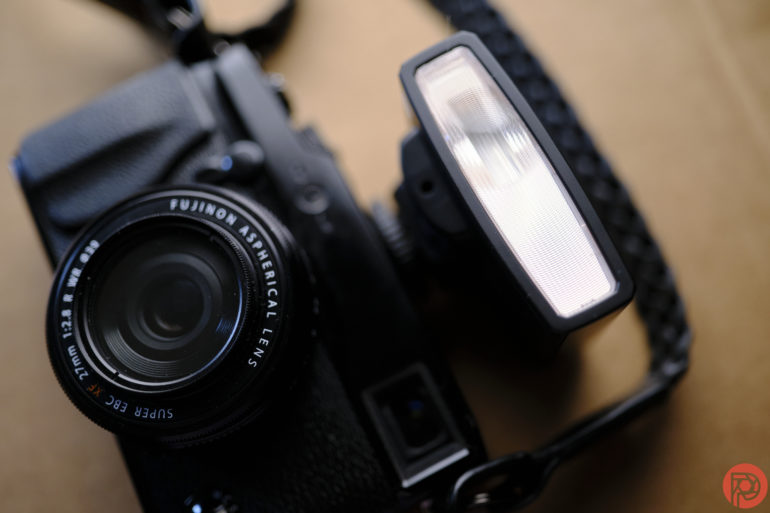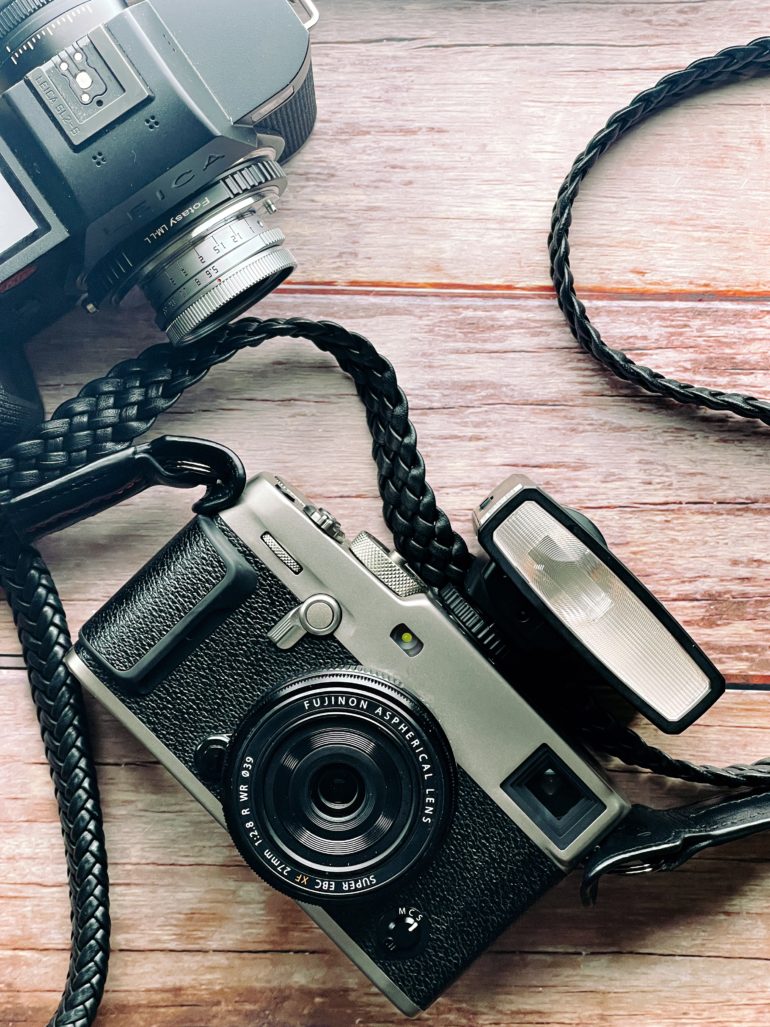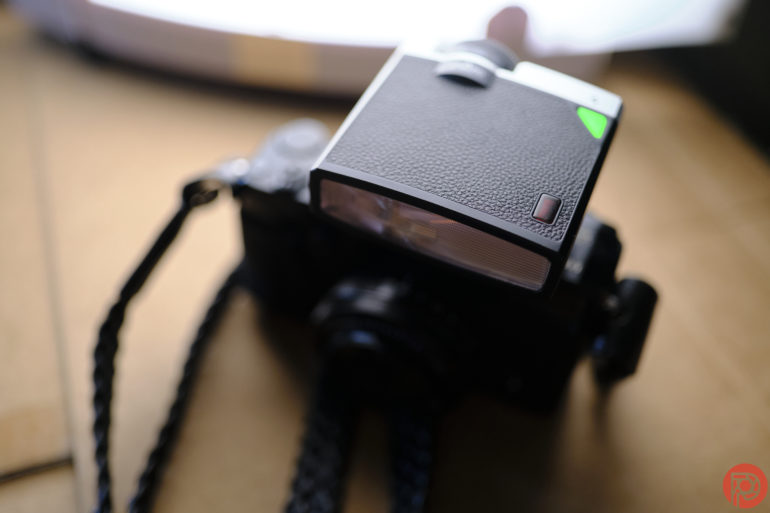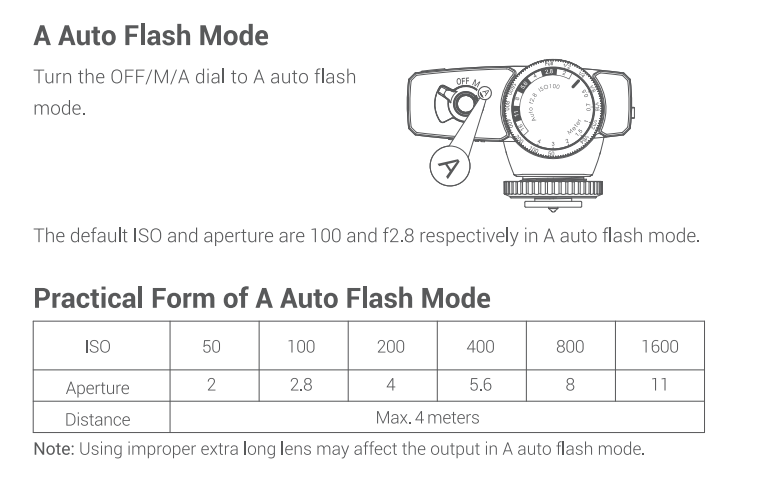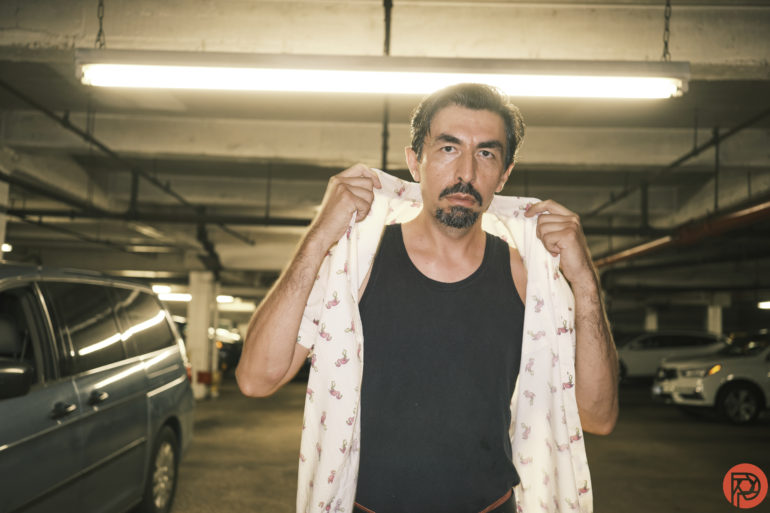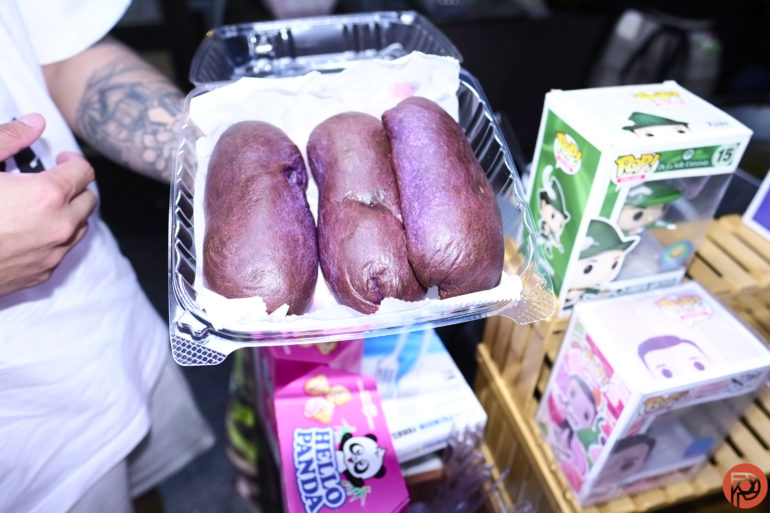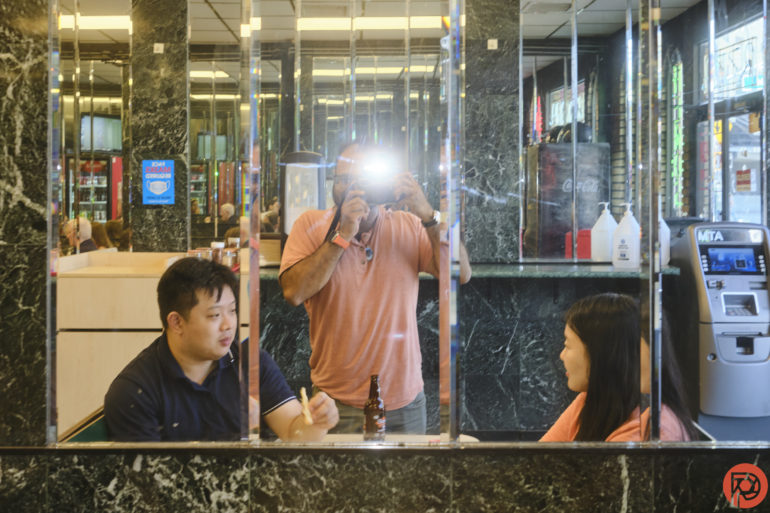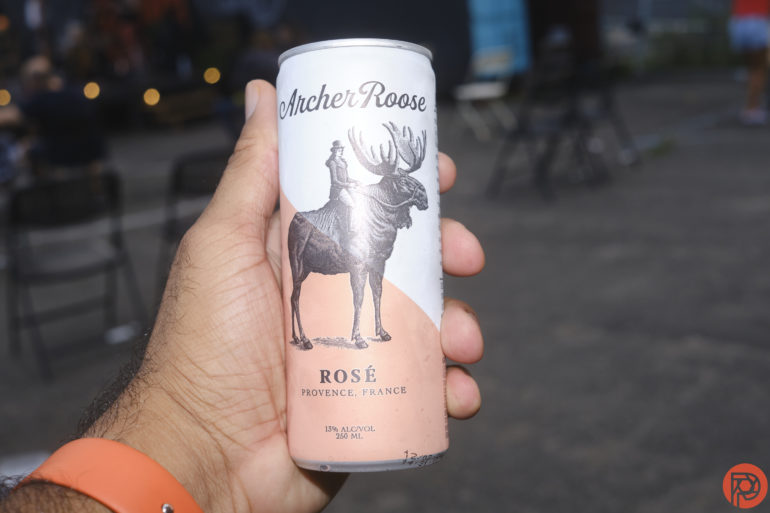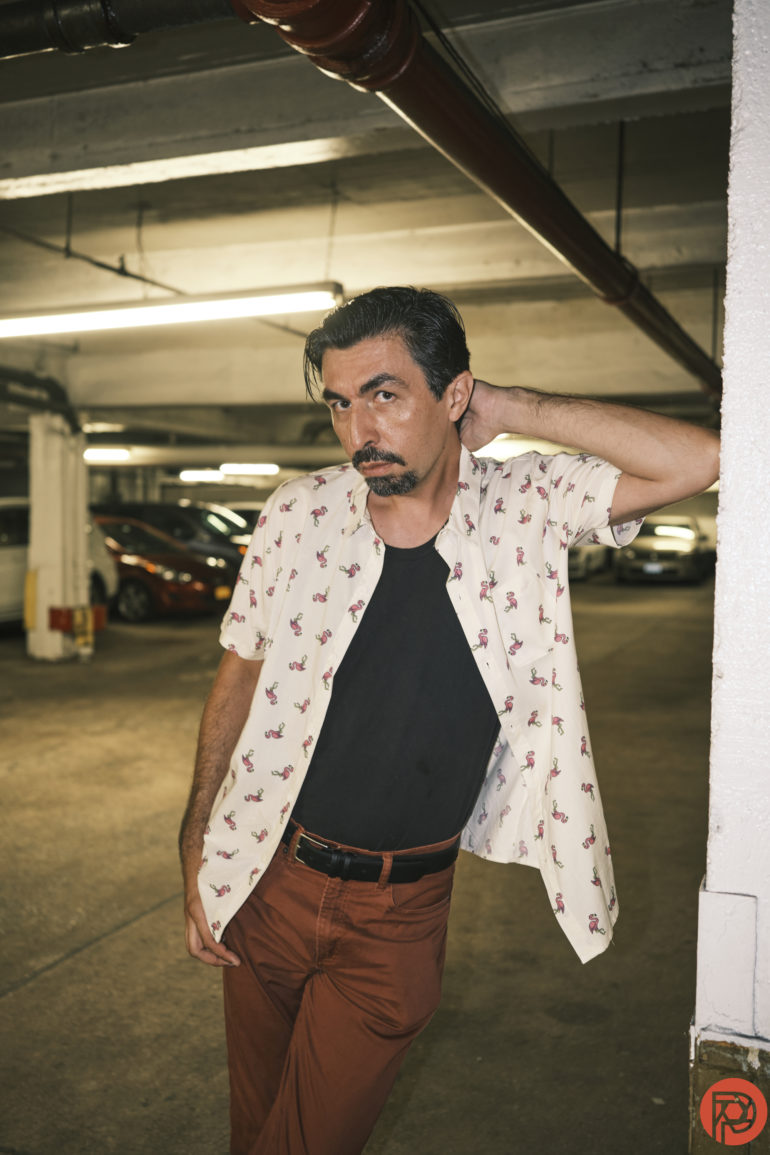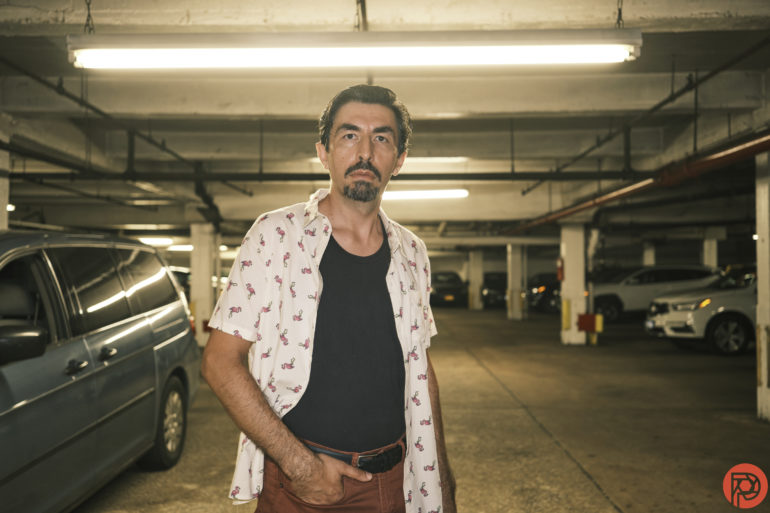Years ago, Fujifilm made a small flash for photographers that folks didn’t purchase because it was too weak. There was demand for one when doing street photography, but for years the modern camera industry didn’t have anything to offer. Then Godox launched the Lux Junior: a small flash designed for street photography and a bunch of other uses. The Godox Lux Junior has a retro design and a fairly simple interface to use. And best of all, it’s powerful enough.
Subscribers get some sweet perks and are automatically entered into contests!. Download our app for iOS, iPad, and Android and get no banner ads for $24.99/year.
Table of Contents
The Big Picture
The Godox Lux Junior is a flash with a retro design that’s simple to use. Street photographers and candid photographers are the ones who will like it the most. Street fashion photographers will also really adore what the Godox Lux Junior can do. It’s incredibly small and can fit into the pocket of a pair of skinny jeans. This will be essential when the weather starts to make a turn for the rainier side. And while you might not be a fan of AAA batteries, they’re easy to get in nearly any convenience store.

The Godox Lux Junior receives five out of five stars. Want one? Check them out on Amazon.
Pros
- Stylish
- Auto mode works with every camera.
- Small
- Lightweight
- A good locking mechanism
- More or less designed for street photography
- Very affordable
- Works regardless of whether or not the camera communicates the aperture to the flash.
Cons
- No high speed sync
- The Auto setting isn’t exactly what you think it is.
Gear Used
The Godox Lux Junior unit we received is for keeps. We tested the flash with the:
- Fujifilm X Pro 1 (purchased ourselves)
- Fujifilm X Pro 3 (purchased ourselves)
- Various Fujifilm lenses (purchased ourselves)
- Leica SL2s (purchased ourselves)
- TTArtisans 28mm f5.6 (provided to us for review and keeps)
Innovations
The Godox Lux Junior isn’t really innovative. Sure, there’s an auto mode, but that works a tad differently than others on the market. However, it’s the first attempt at creating a retro-style flash that actually does it well and is affordable. Japanese camera manufacturers could learn a lot from what Godox did here.
Ergonomics
Here’s a look at the Godox Lux Junior on a camera. As you can see, it’s not large. The most prominent part is the front flash area. It’s pretty small and it doesn’t quite say what sort of field of view it has. However, I’ve shot photos with it up to 24mm equivalency, so I’d guess this is what you’ll strive for.
On top, you’ll find a few things. There’s a leatherette style texture here, but the feel is more plasticky. Then there’s the output area and the power light. When the light is red it’s not ready to fire.
When the light is green the Godox Lux Junior is ready to fire. This is the same as other flashes on the market today.
On the back is where you’ll want to pay attention. The power switch has an M for manual and an A for auto. There’s also the power knob. This knob has an inner ring that helps you figure out calculations, but that’s really it. It also spins freely.
The Godox Lux Junior can be used in slave mode if you want. But honestly, I’d probably only ever use this flash on-camera.
The flash also has an area for a sync cable. This is so you can use it with a few different vintage cameras.
Build Quality
The Godox Lux Junior isn’t weather resistant, so you won’t be taking it out into the rain or snow at all. If that weather occurs while you’re out in the field, the flash fits into your pocket. Once you’ve done the semi-tedious task for unscrewing it and pulling it out of the hot shoe, you’ll be all set to pocket the flash.
Besides the durability, I had a few other issues with the Godox Lux Junior. For example, there’s a power control knob and inside of that, there’s a dial. The inside dial turns too easily by itself, but thankfully in my experience, it doesn’t really affect anything.
Overall, we can’t complain much since the Godox Lux Junior is insanely affordable at around $70. Why would we complain?
Ease of Use
This is where we have to do some clarifications here. We’ve been looking around the web for some explanations for how the Godox Lux Junior works, especially in auto mode. We saw one YouTube comment say that the auto mode is the same as flashes were back in the 80s and 90s that uses a “sensor auto” mode. Unfortunately, that’s wrong. Godox also tells us that the manipulation of the inner dial on the power setting knob controls the flash output. That’s very, very wrong.
Manual Mode
Manual mode on the Godox Lux Junior, amazingly, works just like any other flash out there. If I took a Flashpoint speedlight, set it to 1/4 power, and aimed it at my window for product photography, I’d know what I’d get as a result. Similarly, if I put the flash in the hot shoe of my X Pro 3 and set it to 1/16th, I’d also know a few things. To list those out, I’d know that my lens should be at around f4 or so if I’m three feet or so away from a subject. If the output is too hot, then I’d either lower the ISO (then adjust my shutter speed), stop the lens down, or lower the power output of the flash. For anyone that’s shot with a flash before in manual mode, this all sounds perfectly in line with what they’d do. With that said, 1/32 power output will always be just that.
With the Godox Lux Junior, that’s exactly what you’re getting. The inner dial is set by turn it so that the distance is lined up with the ISO. So for example, I’ll usually shoot at ISO 400 or 200. I’ll line ISO 200 up to 1 meter or 1.5 meters away. Then I’ll look at the other side of the inner dial. This will tell me what my exposures should be at a given power output. With that said, I can be at 1 meter away, ISO 200, f5.6, and 1/32nd power for example. If I’m further away from my subject, then some parameter needs to change. Maybe I open the aperture more or I crank the power up. Either way, I have to make some sort of decision and my mind is always thinking about changing my settings. If you’re a street photographer that zone focuses or shoots film, this will all just be second nature.
This is in far contrast to how auto mode works.
Auto Mode
No, the auto mode on the Godox Lux Junior isn’t TTL. For TTL to work, the flash needs to have specific pins on the hot shoe foot. But instead, the Godox Lux Junior comes in one universal flavor. I can mount it on my Fuji, Leica, Sony, and Canon cameras and all will give me the same results.
I read online in some comments that the system uses a sensor mode similar to what they did in the 80s. But that’s not how the auto mode works.
Here’s the section directly from the owner’s manual on how the Godox Lux Junior works in auto mode. And believe it or not, that’s all it says. And now when you look at that, you’ll really wonder how this is an auto mode? I mean, wouldn’t auto mode look at what your aperture and ISO are and then adjust the flash output itself? Well, it doesn’t do that. There is no light sensor on the Godox Lux Junior. And because the pins aren’t there, it doesn’t work that way either. Instead, you’re pretty much memorizing this chart.
I took various photos at various distances, ISO settings, aperture settings, and power outputs. The best that I could come up with is that the flash is pretty much varying somewhere between 1/8th and 1/32nd power output. But it’s not seeing what settings my lens is set to. And there’s no way that I can tell it that either. Sometimes the photos looked spot on. But at other times they seemed pretty way off. So essentially, just know that auto mode will be hit or miss. Instead, you really should just use it in manual mode for consistency. It’s also worth it to note that manual mode is way more erratic when the batteries start to drain.
But if you’ve been shooting with flash for years, you probably know that by now.
Image Quality
In manual mode, I’m really impressed with the image quality from the Godox Lux Junior. I’ve tried it with both manual shutter and aperture priority. I personally think I like it most in aperture priority, but it won’t sync past a certain shutter speed on your camera. So instead, it’s best to use it in manual mode. And either way, the flash creates some beautiful lighting that I’m really pleased with. The photos end up looking a whole lot like what I’d get with film cameras like the Natura S once you set the meter correctly.
Extra Image Samples
From day one, The Phoblographer has been huge on transparency with our audience. Nothing from this review is sponsored. Further, lots of folks will post reviews and show lots of editing in the photos. The problem then becomes that anyone and everyone can do the same thing. They’re not showing what the lens can do. So we have a section in our Extra Image Samples area to show edited and unedited photos. From this, you can make a decision for yourself.
Unedited
Edited
Who Should Buy it?
The folks who should buy the Godox Lux Junior are those who do street fashion portraits, street photography, candid photography, events, and anyone that likes that direct flash look that both Terry Richardson and Amy Lombard are known for. You’re best off keeping it in the hot shoe. And overall, I’d be very happy using this flash in almost every situation. However, I think that if it did high speed sync that it would be that much better.
Tech Specs
These specs were taken from our previous coverage:
- Retro design
- USB-C port
- A manual flash output that tells you what to set the flash to based on the ISO and aperture
- Beauty dish style silver reflector attached
- Bare-bulb flash output, but it’s not very powerful at only GN14.
- You can use it off-camera with a radio transmitter and a sync cable. Or with a bracket next to your camera using said sync cable.
- Both Auto flash mode and manual flash modes are possible
Below are the tech specs straight from the press release:
| Model | Lux Senior |
| GN (1/1 level) | GN14(ISO100, in meters) |
| Lithium battery | 3.7V 1700mAh |
| Input Parameter | 5V ⎓ 2A |
| Flash power | 7 levels: 1/1-1/64 |
| CCT | 6000K ± 200K |
| Focal length | 28mm (fixed value) |
| Panel display | Power: Full, 1/2, 1/4, 1/8, 1/16, 1/32, 1/64 |
| Aperture: F2-16 | |
| Distance: 0.5m, 0.7m, 1m, 1.5m, 2m, 3m, 4m | |
| Auto f2.8 ISO100 (default value in A auto flash mode) | |
| Optical flash | S1 optical control / S2 optical control |
| Working environment temperature | -10℃~50℃ |
| Recycle time (Max. level) | <3S |
| Full power flash times (1/1 level) | 150 times |
| Battery charging temperature range | 0℃-60℃ |
| SYNC | Hotshoe, SYNC cable |
| Dimension | 84mm*114mm*176mm |
| Net weight | 227g |


